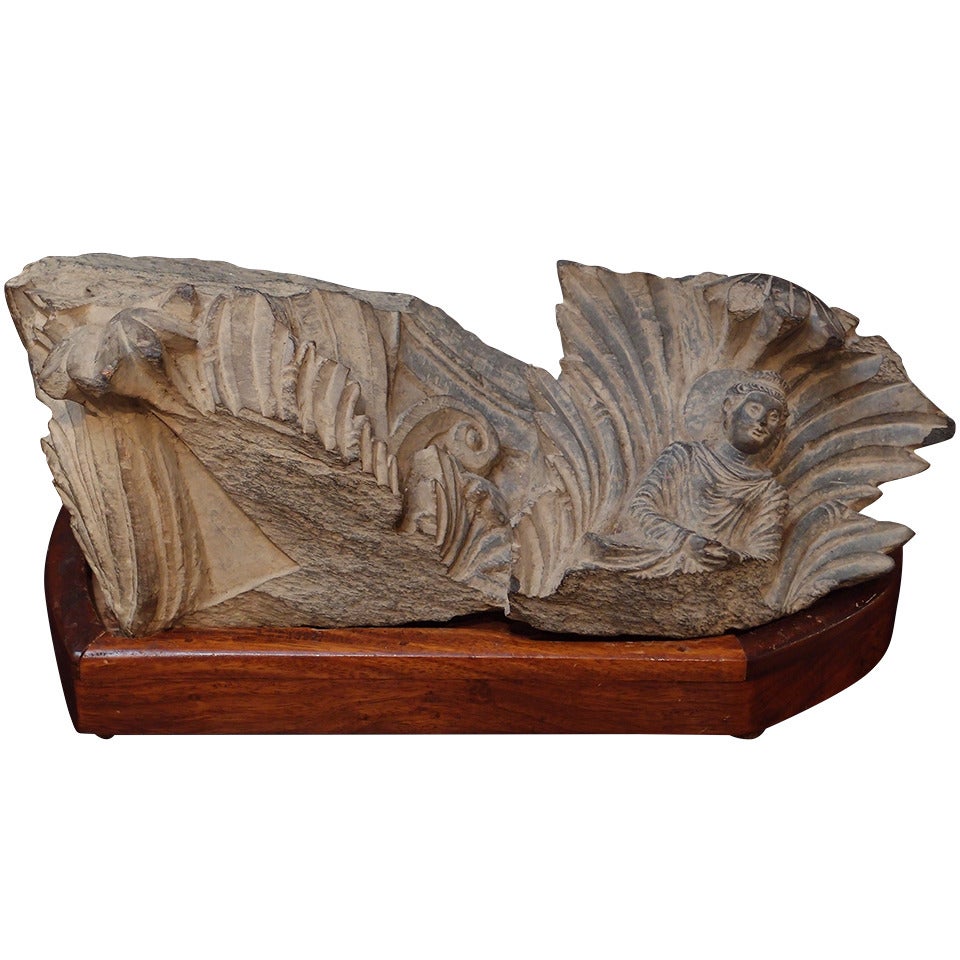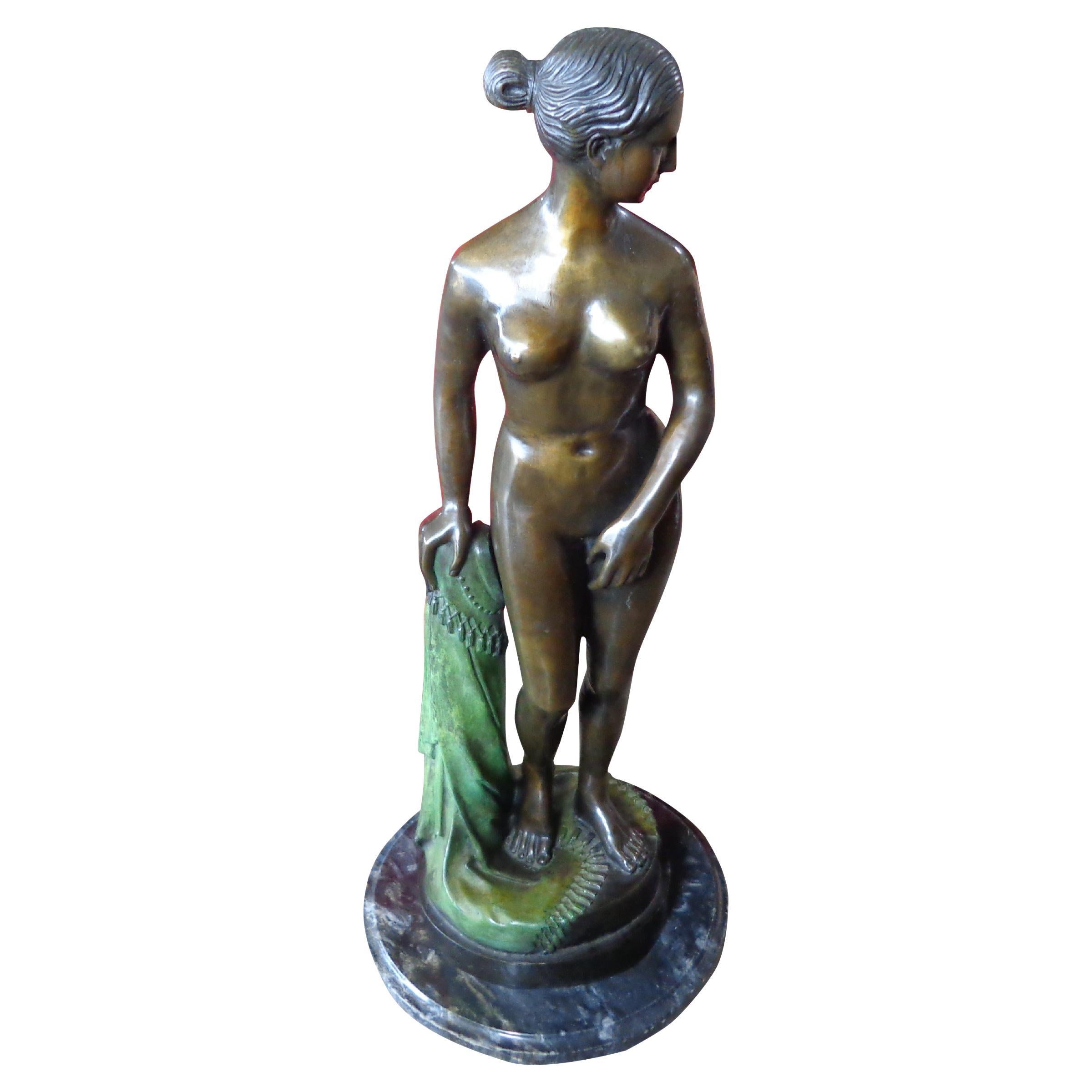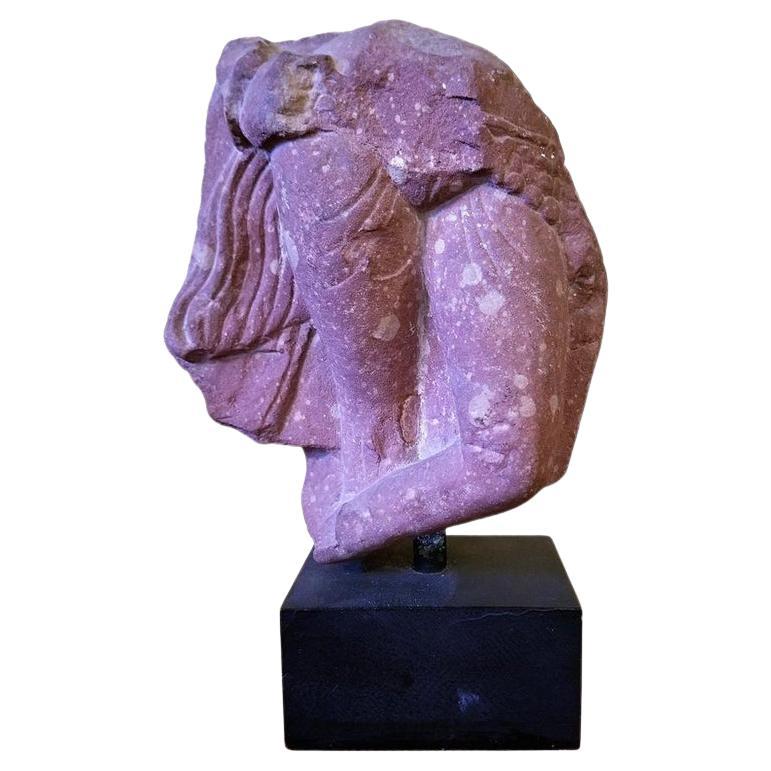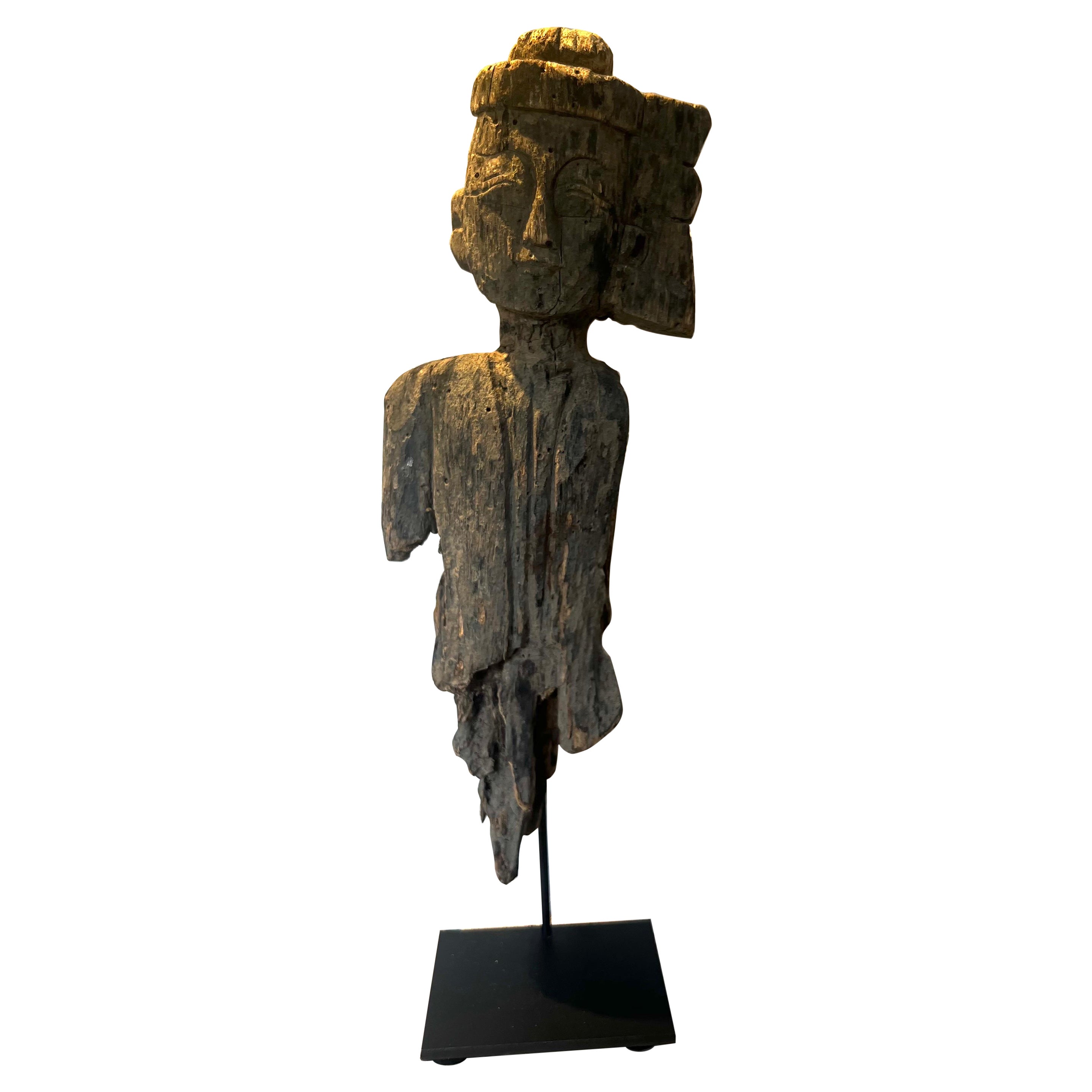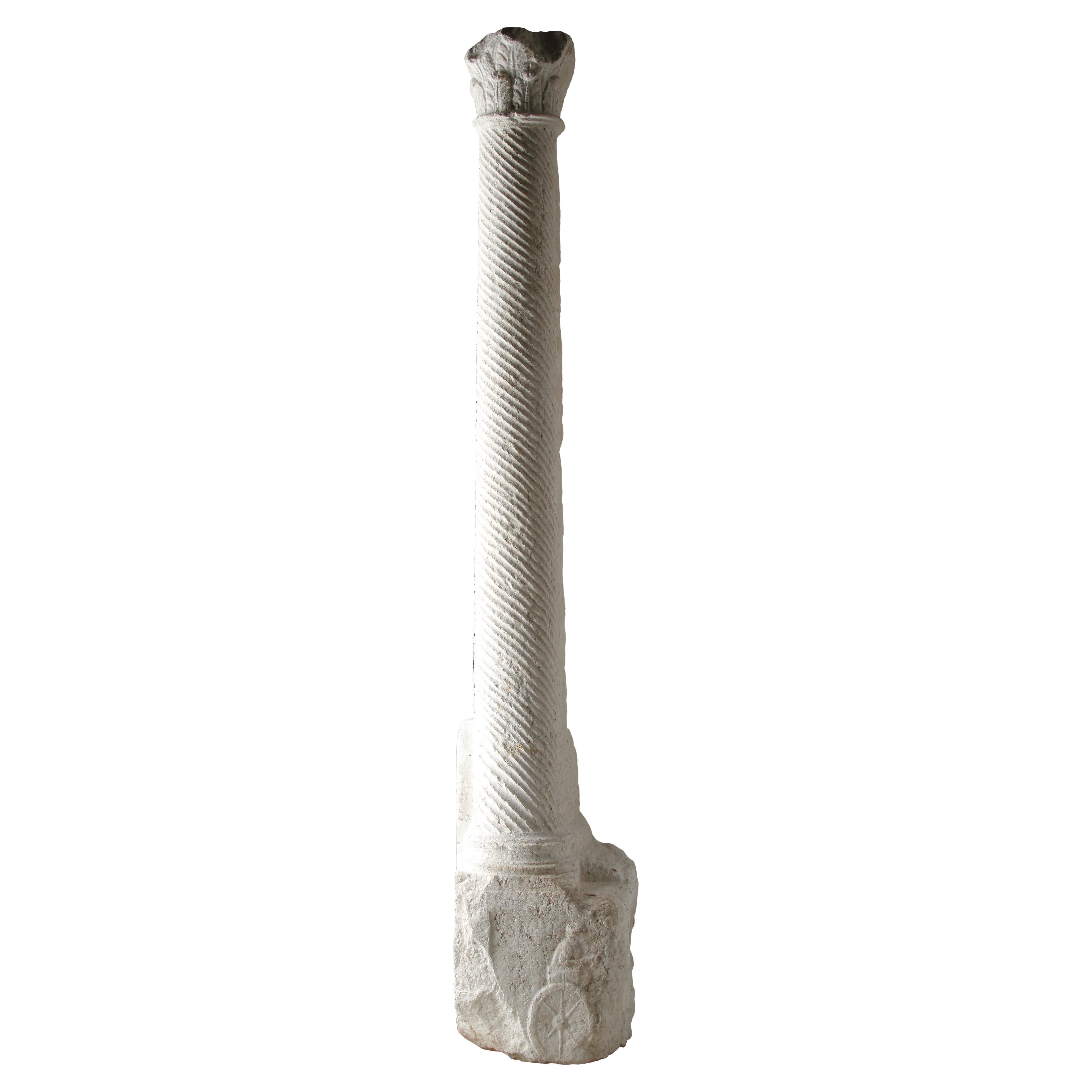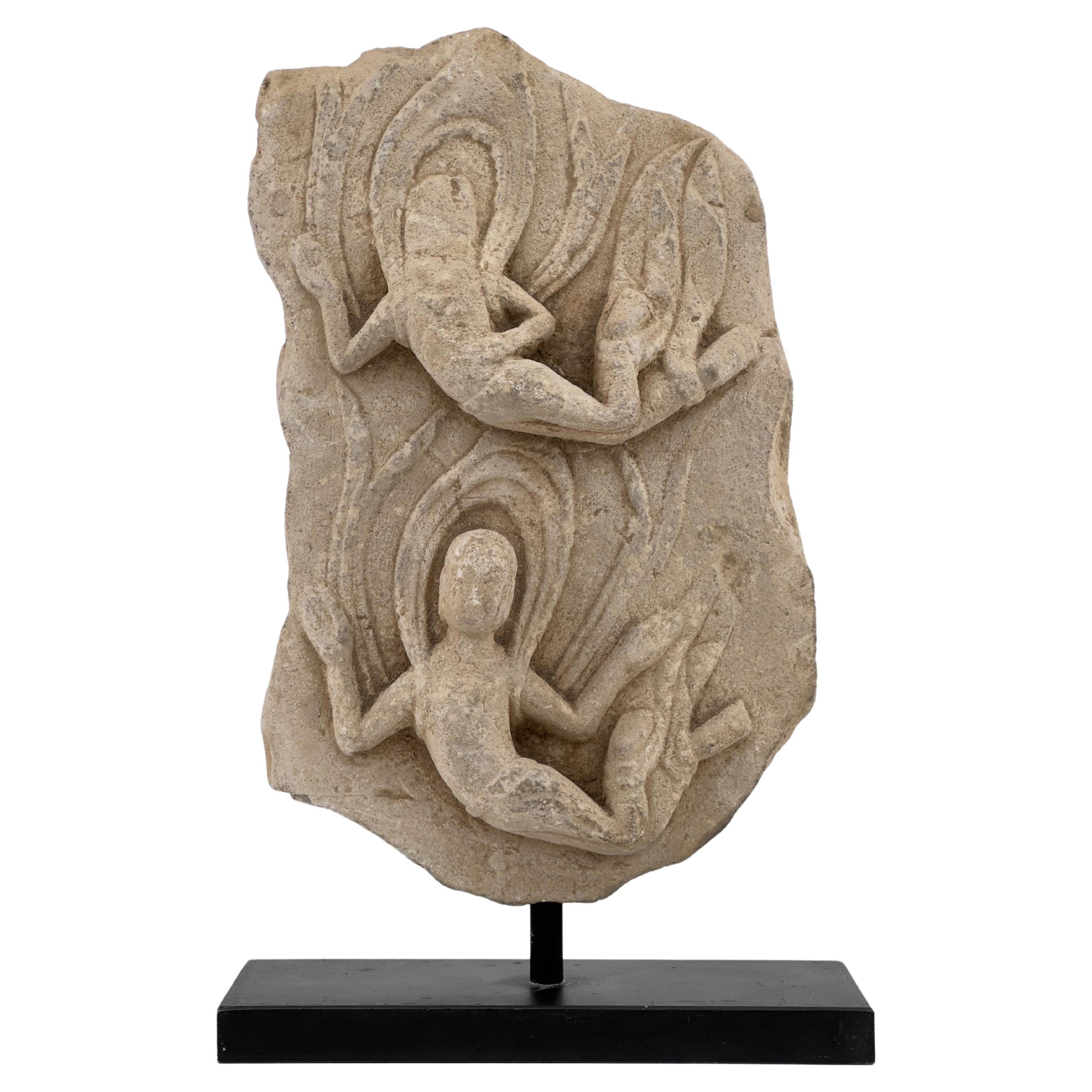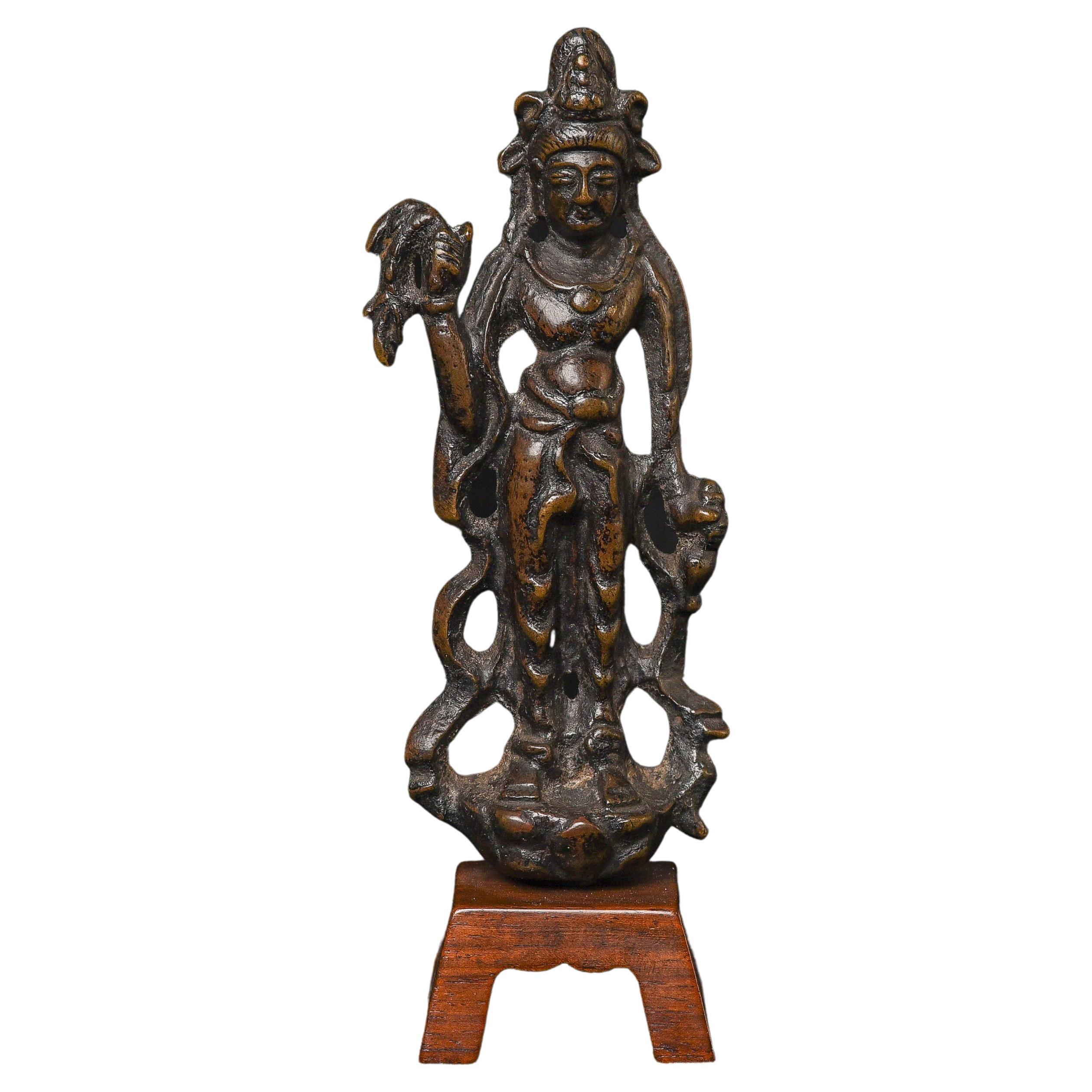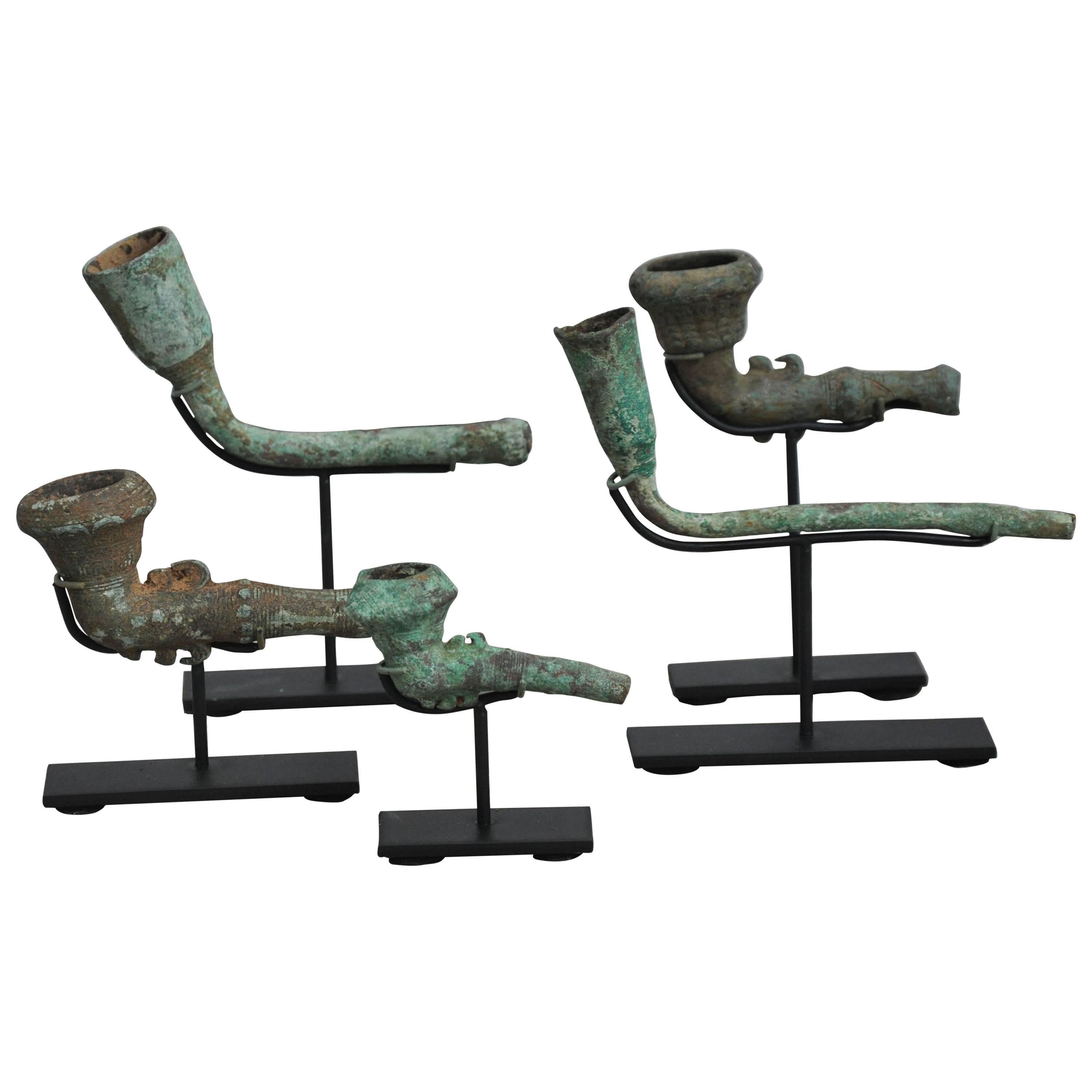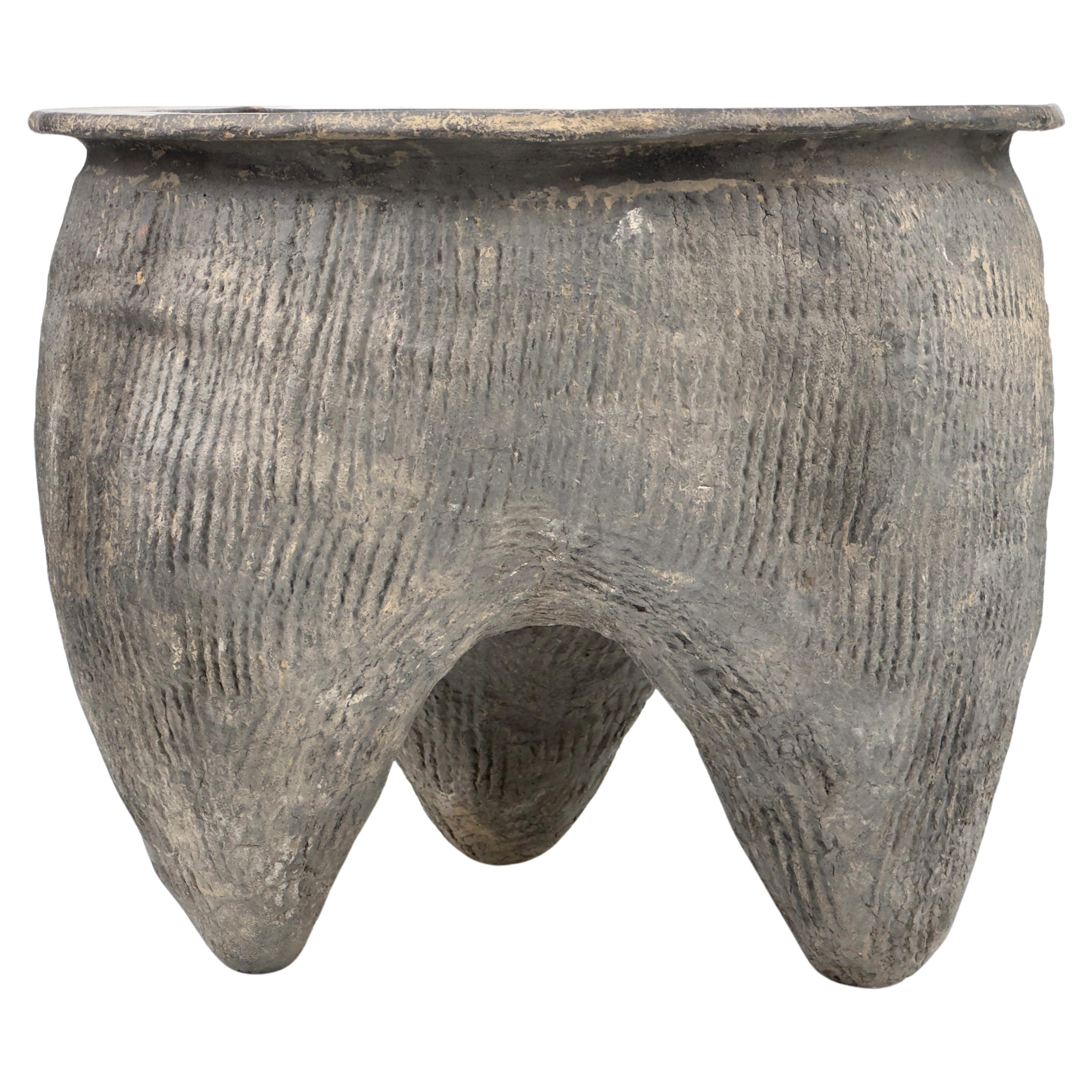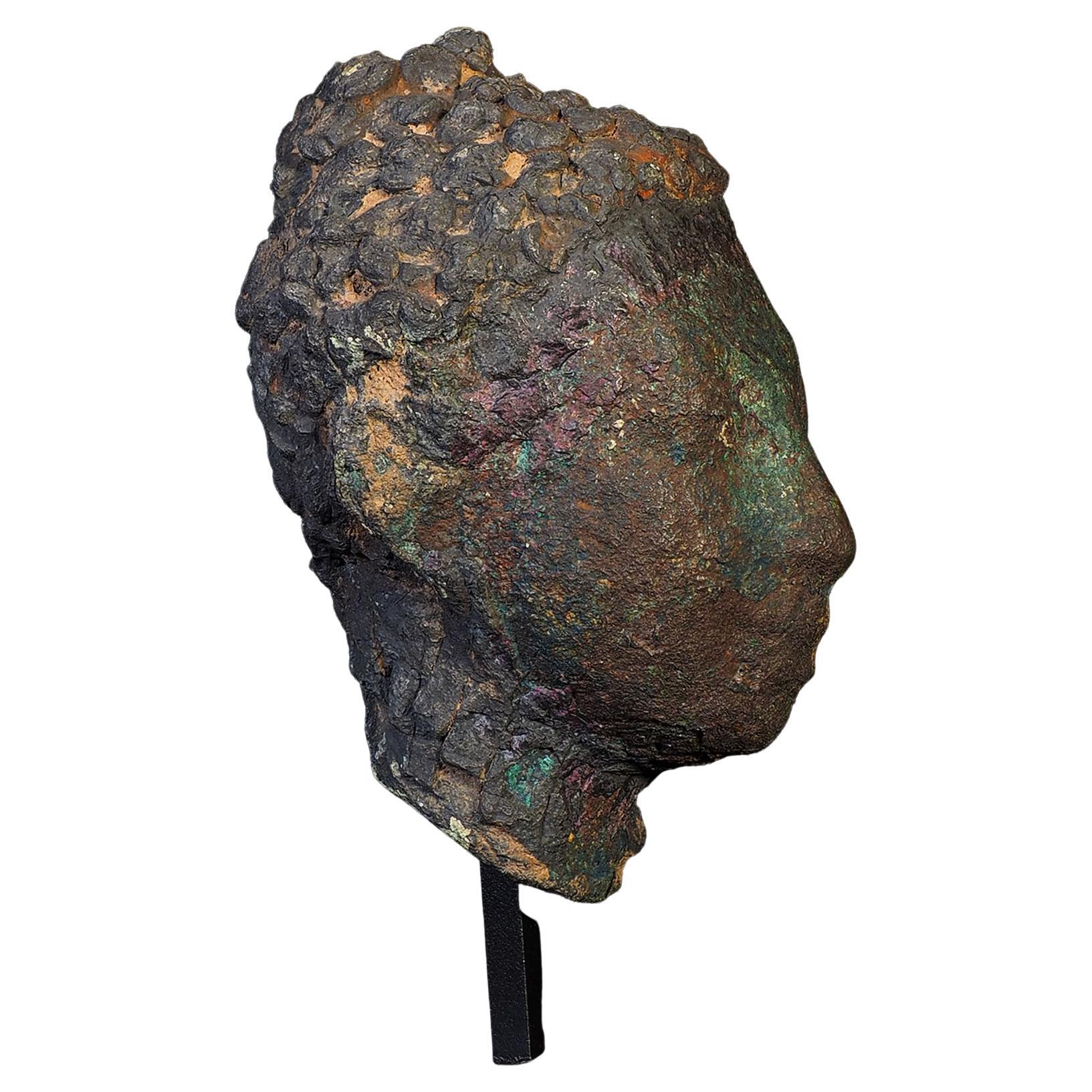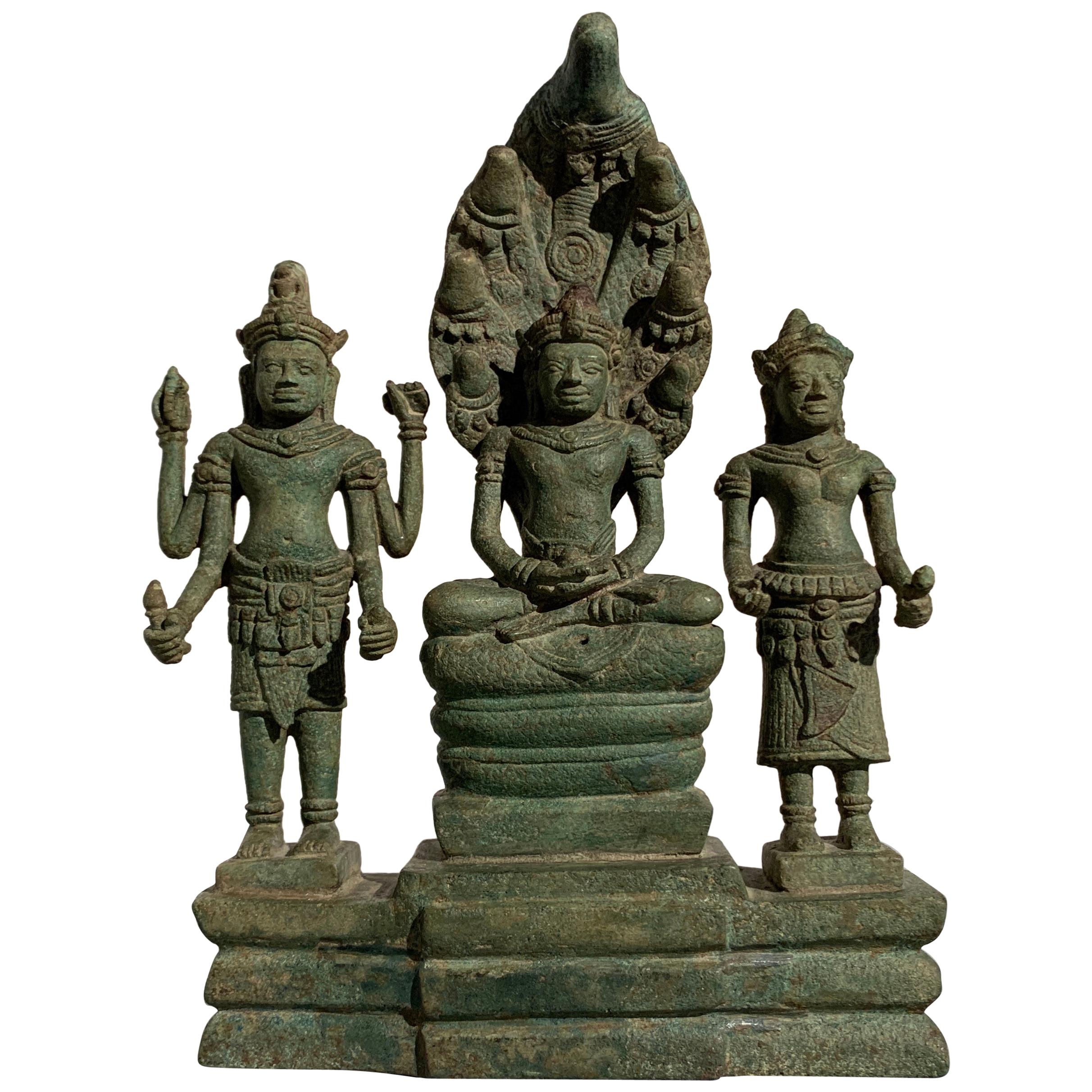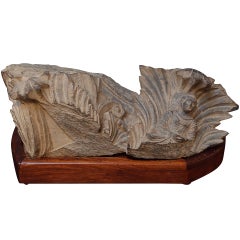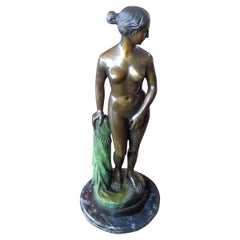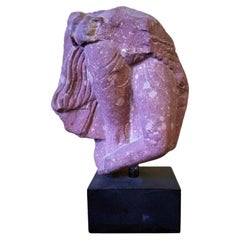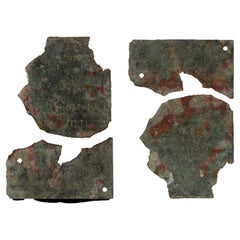
Roman Bronze Military Diploma (Fragment) by the Consuls Ti. Iulio Capito
View Similar Items
1 of 5
Roman Bronze Military Diploma (Fragment) by the Consuls Ti. Iulio Capito
About the Item
- Dimensions:Height: 5.32 in (13.5 cm)Width: 3.55 in (9 cm)Depth: 0.08 in (2 mm)
- Style:Classical Roman (Of the Period)
- Materials and Techniques:
- Period:
- Date of Manufacture:122 A.D, Hadrian period
- Condition:
- Seller Location:EL CAMPELLO, ES
- Reference Number:1stDibs: LU7382233491882
Authenticity Guarantee
In the unlikely event there’s an issue with an item’s authenticity, contact us within 1 year for a full refund. DetailsMoney-Back Guarantee
If your item is not as described, is damaged in transit, or does not arrive, contact us within 7 days for a full refund. Details24-Hour Cancellation
You have a 24-hour grace period in which to reconsider your purchase, with no questions asked.Vetted Professional Sellers
Our world-class sellers must adhere to strict standards for service and quality, maintaining the integrity of our listings.Price-Match Guarantee
If you find that a seller listed the same item for a lower price elsewhere, we’ll match it.Trusted Global Delivery
Our best-in-class carrier network provides specialized shipping options worldwide, including custom delivery.You May Also Like
Gandharan Column Capital Fragment with an Image of the Buddha
Located in Austin, TX
A bold and expressive Gandharan carved gray schist column capital fragment, circa 2nd - 3rd century, ancient region of Gandhara.
The fragment of a c...
Category
Antique 15th Century and Earlier Pakistani Hellenistic Sculptures
Materials
Schist
Bronze Sculpture by Emmanuel Villanis
By Emmanuel Villanis
Located in Pasadena, TX
Emmanuel Villanis comes from a family of Italian origin. From 1861, his parents returned to Italy to settle in Piedmont. He had fled Italy because the war of independence broke out, under the threat of Napoleon Bonaparte. In 1871, the artist enrolled at the Albertina Academy of Fine Arts in Turin; he follows the teaching of the sculptor Odoardo Tabacchi (1831-1905). As soon as he finished his studies, his master encouraged him to exhibit: his bust Alda, for example, was presented in Milan in 1881. In 1885, Villanis moved to Montmartre, a district of Paris that he never left. The artist's fame is built on his production of female figures. Aida, Judith, Delilah, Lucretia, Cinderella: her work brings together the great heroines of opera, literature, mythology and the Bible. Villanis also discusses certain types - the Bohemian, the Châtelaine, or the Parisienne - and several allegories, including Painting and Sculpture. Made mainly in bronze, sometimes chryselephantine, his sculptures subtly bear the mark of Art Nouveau, including the lettering of the title, which regularly adorns the base. His play on the patinas further adds to the finesse of the line, making Villanis one of the major sculptors of Art Nouveau. Regarding the casting of bronzes, he worked mainly with the Société des Bronzes de Paris and with Eugène...
Category
Antique Late 19th Century European Art Nouveau Antiquities
Materials
Bronze
$3,920 Sale Price
20% Off
2nd Century Indian Red Sandstone Fragment of a Woman
Located in Dallas, TX
Presenting a stunning little piece of Southeast Asian Indian Antiquity, namely, a Double-sided 2nd Century Red Sandstone Fragment of a Woman.
From India, Uttar Pradesh, Mathura.
This piece has impeccable Provenance !
It was purchased by a Private Dallas Collector at Christie’s New York Auction on 31st March 2005. Sale Number 1492, Lot No. 43.
Christie’s operate a twice yearly auction of Southeast Asian Art & Antiquities in New York in the months of March and September.
The sculpture was described as “Property of a European Estate. A Double-sided Red Sandstone Fragment of a Woman. India, Uttar Pradesh, Mathura, Circa 2nd Century.”
“Both sides similarly depicting the lower body with a flared sash at left and remains of chained belt: marked with an accession number 1931 on reverse. 8 in (29.2 cm.) high”
Provenance: Collection of Prince and Princess Aschwin zur Lippe-Biesterfeld, acquired on 1958?.
It carried an Auction estimate of USD 3,000 to USD 5,000 and Sold for USD 2,880 (not including Buyers Premium).
Allowing for inflation alone this would be over $6,300 in today’s value.
It has substantially increased in value over the years as a RARE piece from a prestigious Collection and a RARE piece of antique Asian antiquity...
Category
Antique 15th Century and Earlier Indian Medieval Antiquities
Materials
Sandstone
Early 19th Century Mounted Figural Fragment from Thailand
Located in Chicago, IL
The piece was found in France. the gorgeous patina and losses show this artifact in a very wonderful way. We mounted the pice with hand made iron presented for display
Category
Antique Early 19th Century Thai Figurative Sculptures
Materials
Wood
A Rare and Important Late Roman Marble Column
Located in London, GB
A Rare and Important Late Roman Marble Column
With a fluted spiral central column shaft rising to a carved integral capital with Corinthian ‘acanthus’ leaf decoration, the base with ...
Category
Antique 15th Century and Earlier Greek Antiquities
Materials
Marble
Heavenly Beings Carved Limestone Stele Fragment, Northern/Eastern Wei Dynasty
Located in seoul, KR
Flying two heavenly beings depicted in the stone. They are celestial beings called an Apsara. While having the same fragment and shape, another work I uploaded exhibits small dots on...
Category
Antique 15th Century and Earlier Hong Kong Han Antiquities
Materials
Limestone
$6,435 Sale Price
35% Off
Recently Viewed
View AllMore Ways To Browse
Roman Tablets
Antique Metal Match Holder
Divi Divi
Antique European License Plates
Robert Hatfield Ellsworth
Taiwan Red Coral
Burma Shan Period 16th Century
Han Cocoon Jar
Han Granary
Ming Dynasty Ewer
Northern Qi
Taiwan Natural Coral
Used Polo Saddle
Chinese Hair Comb
Han Dynasty Chinese Cocoon Jar
Han Dynasty Cocoon Jars
Pottery Dog Han Dynasty
Vishnu Antiquities
